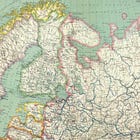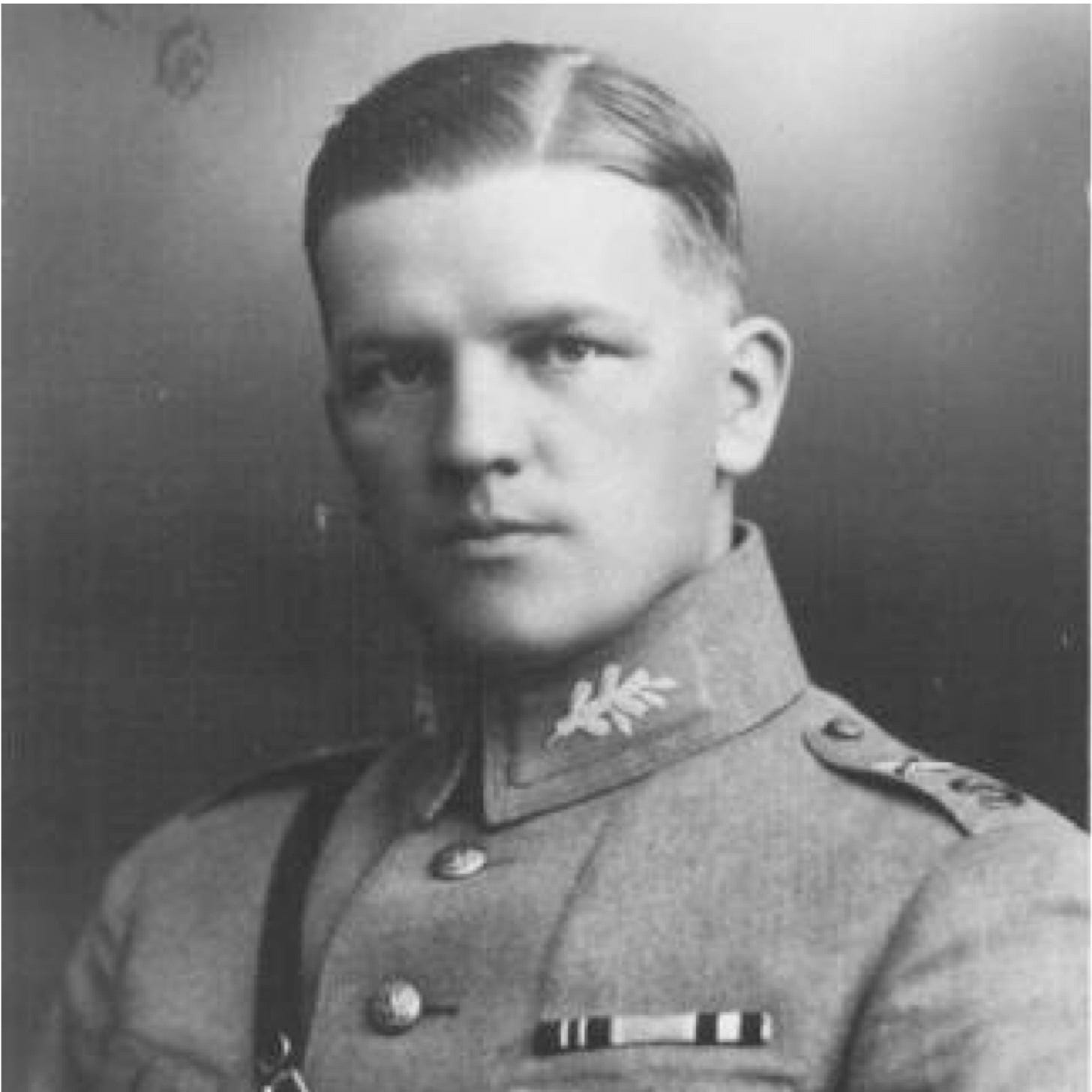Lieutenant Colonel Aaro Pajari
Winter is Coming (Part II)
This post is the second of the group of three pieces that sets the stage for Winter is Coming, a decision-forcing case about a battle that took place at the start of the Finno-Soviet Winter War of 1939-1940.
The first post in this group is:
If you are new to decision-forcing cases (and, in particular, the way that such exercises appear in The Tactical Notebook), you may wish to begin by reading the following article:
You are Lieutenant Colonel Aaro Olavi Pajari, a professional officer the Finnish Army.
You were born in 1897, in the town of Asikkala, in what was then the Grand Duchy of Finland, an autonomous principality within the Russian Empire. Your father, who had trained to be a Lutheran pastor, divided his time between his work as a school teacher and his passion for Finnish independence. Your mother bore eleven children, four of whom lived to adulthood.
During your teenage years, a religious experience convinced you to study theology. Nonetheless, soon after starting your university career, you transferred to the faculty of history.
In 1917, you enlisted in the Civic Guard [Suojeluskunta], a volunteer force dedicated to the independence of Finland and the defeat of home-grown Communists. While serving in the Civic Guard, you fought in the Civil War of 1918, first as a platoon leader and then as a company commander. (In the course of your wartime service, you received two wounds, one in the battle for Oulu and the other during the fighting at Heinola.)After the war, you took part in the expedition to free portions of eastern Karelia from Soviet control, completed an accelerated version of the cadet course you had begun before the start of the Civil War, and earned a regular commission in the Finnish Army.
In 1924, after promotion to the rank of captain, you entered the War College [Sotakorkeakoulu] in Helsinki. There, as part of the first class to attend that institution, you studied under the direction of officers on loan from Sweden, France, and Italy. (Finnish critics of this course argued that these instructors taught a “herring salad” of Swedish, French, and Italian methods, which struck them as both excessively rigid and poorly adapted to Finnish conditions.)
While at the War University, you wrote your thesis on the use of tactical envelopment in the recent Civil War.
In 1926, after graduating from the War College, you took charge of the Civic Guard district in North Karelia, just across the border from the places where you served in 1919. In 1928, while serving in North Karelia, you married Kaija Björklund.
In 1932, after two years of service on Army General Staff in Helsinki, you found yourself at the helm of a second Civic Guard district, that of the industrial city of Tampere. In 1933, while serving in this post, you attained a degree of fame (and, in some circles, notoriety) when you tore down the red banners flying next to the national flag in front of a hall where the Social Democrat Party was holding a convention.
You remained in Tampere until 14 October of 1939, when, in the crisis that preceded the Soviet attack, you took command of a unit composed largely of reservists from that city, the 16th Infantry Regiment.
Sources:
Leena Niemi “Aaro Olavi Pajari (1897-1949)” Koskesta Voimaa [a Finnish-language website about the history of the city of Tampere]
“Pajari, Aaro” Uppslagsverket Finland [Encyclopedia of Finland, in Swedish]
“Sotakorkeakoulu” [“War College”] Finnish Wikipedia








I'm looking forward to this. I served alongside a Finn as a young infantryman, and he was a forthright, tough and dour man. If he was a representative sample of the breed, well, let's just say I wouldn't want to have to fight the Finns.
I really want to participate in one of these at some point. I think I'll make it a New Year's resolution.